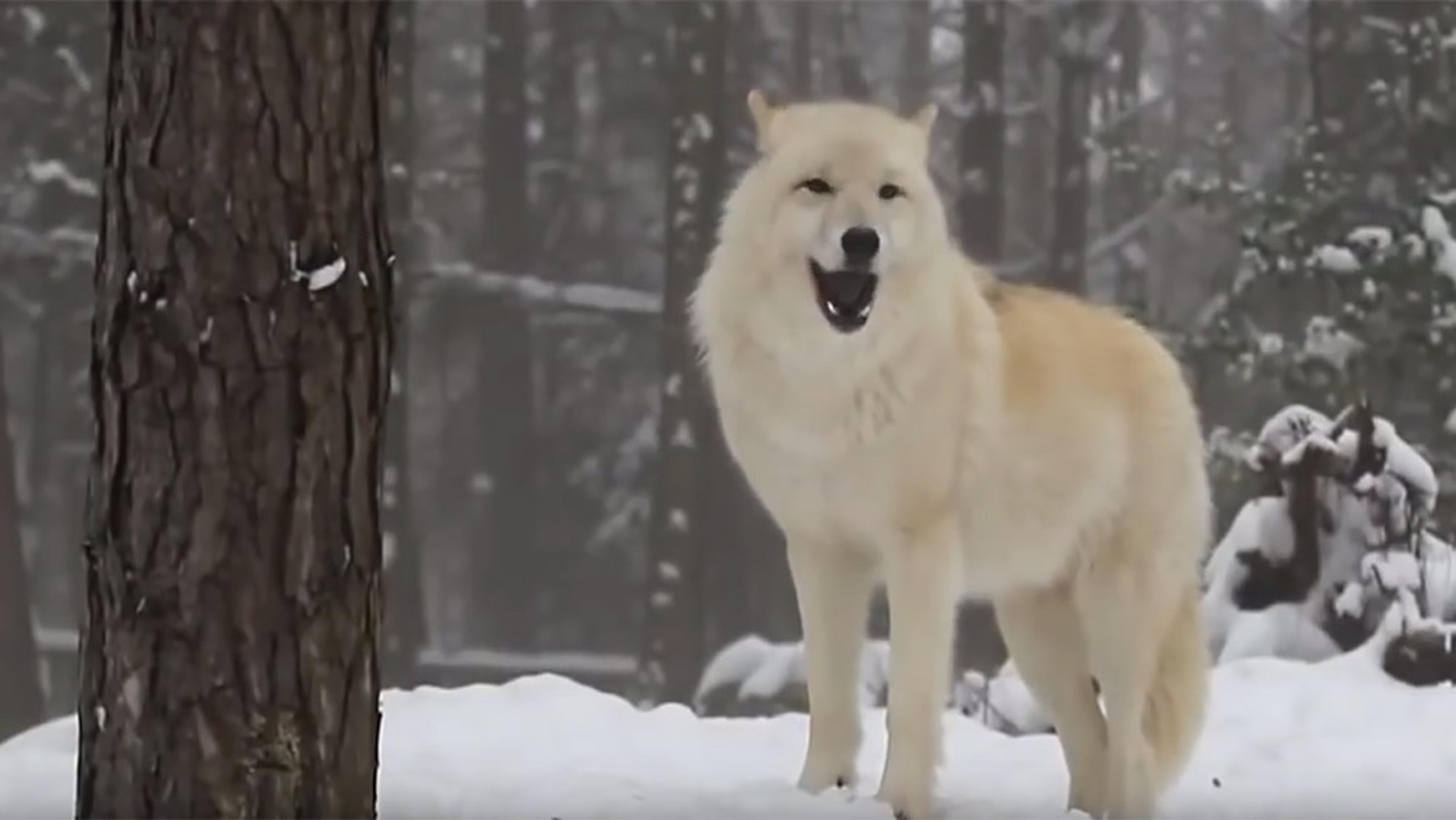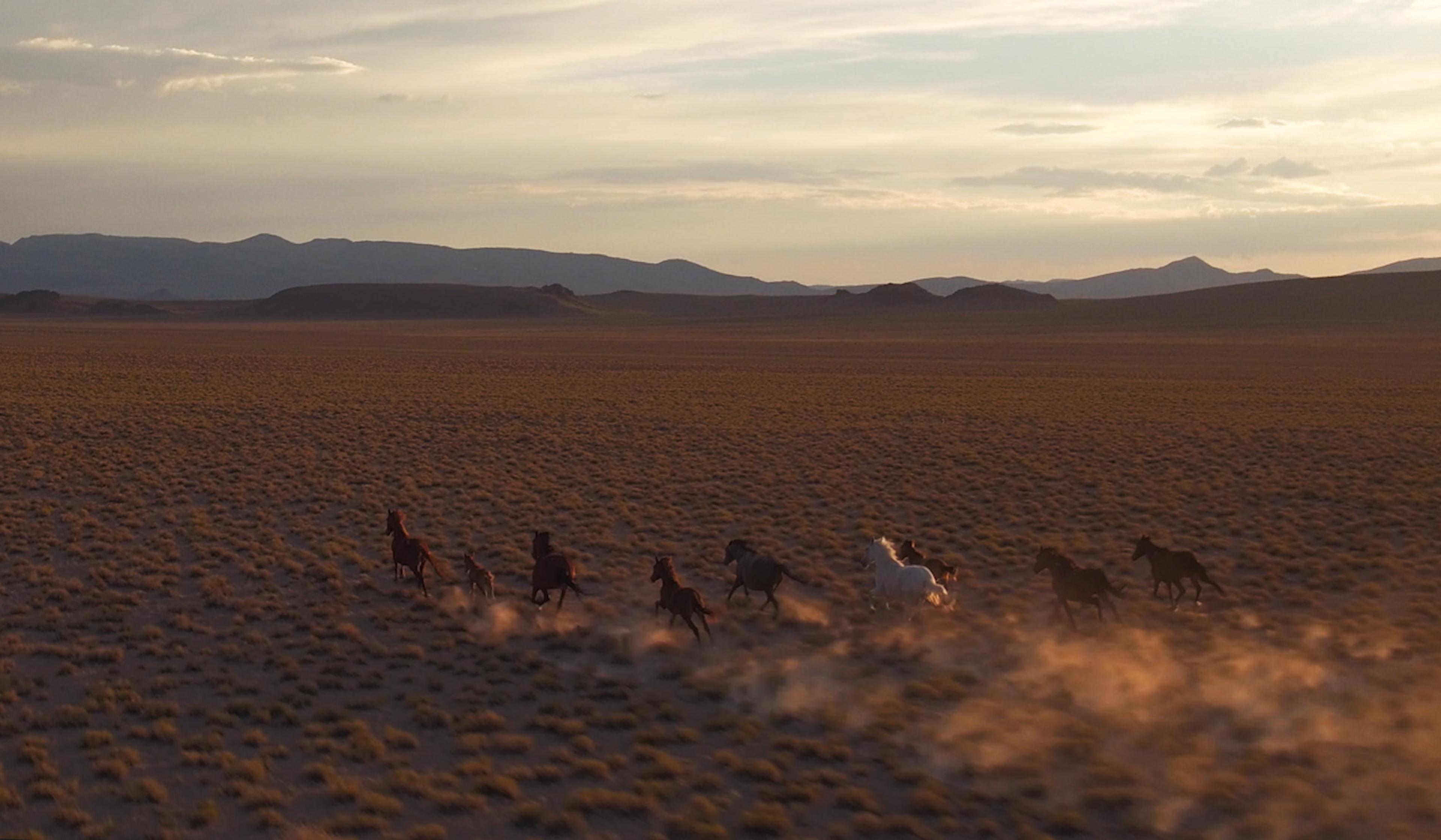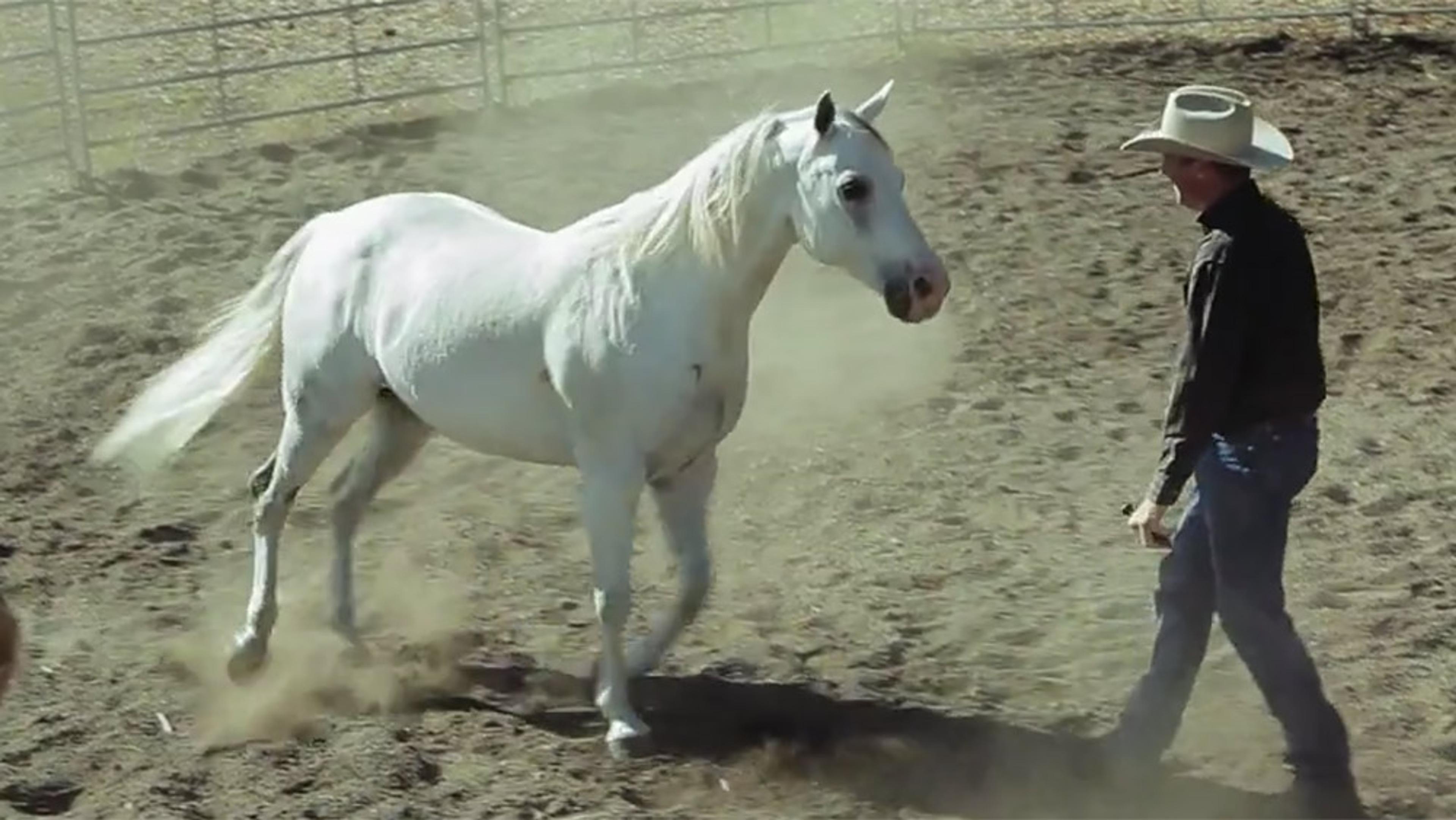The reintroduction of takhi horses to the Mongolian steppes, where they had roamed for millennia before going extinct in the wild in the 1960s, is often thought of as a great accomplishment of the animal conservation movement. However, as this brief animated history of the takhi from TED-Ed explains, a closer look at the story raises some complex questions about the meaning of conservation, the role of zoos and the best way to keep wild animal populations thriving. For instance: can a population of animals descended from captive breeding programmes, and closely watched and controlled to ensure their perpetuation, truly be considered wild? And, in the instance of the takhi, can these newly released horses even be considered the same animal?
Scientists brought a wild horse back from extinction. But is it truly the same animal?

videoEcology and environmental sciences
How the return of just 66 wolves rejuvenated Yellowstone’s entire ecosystem
5 minutes

videoAnimals and humans
Laura fights to protect the magnificence of wild horses running free
6 minutes

videoRituals and celebrations
To Tibetan Buddhists, sky burials are sacred. To tourists, they’re a morbid curiosity
21 minutes

videoThe environment
Humane horse-training means understanding humans as predators and horses as prey
6 minutes

videoAnimals and humans
Villagers struggle to keep their beloved, endangered ape population afloat
19 minutes

videoThe environment
Can combining commerce and conservation keep American bison in the wild?
15 minutes

videoGlobal history
The American Museum of Natural History grapples with its most controversial piece
16 minutes

videoEcology and environmental sciences
From helicopter flybys to trail cameras, there’s no one way to count a wolf
8 minutes

videoAnthropology
Does Mogi’s future lie with her horses on the Mongolian steppe, or in the city?
16 minutes